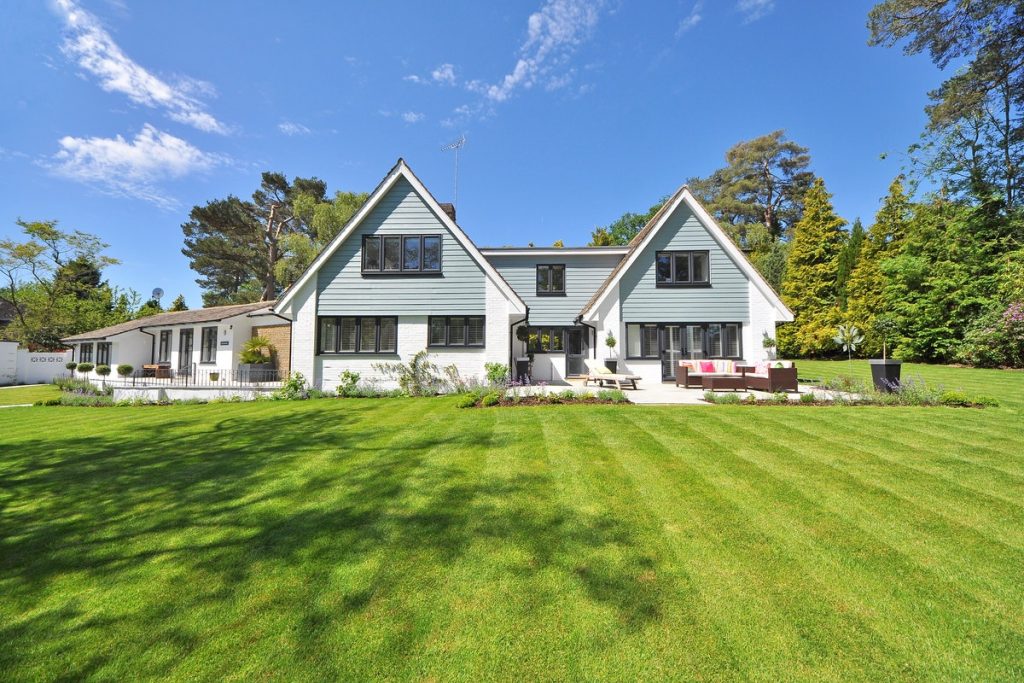When you have taken up a project and plan to design or re-design the same, you always have to look at the bigger picture. This applies to all sorts of landscaping, whether residential or commercial. Most people are familiar with landscapes. They might have seen it in their building, office, or parks. However, many people fail to understand that it is not just about designing a garden. It is a combination of natural and built elements.
In public places, the built elements assume more importance than natural ones. It is because traffic and movement are a concern in such areas. Proper site planning and site installations become very important. If you are an architect, looking to expand your business, or have just started, you need to fall back on planning every time. The design process is essential for you as well.
The goal you should think about achieving is to amalgamate the manmade features and the natural features. Read about the elements that will aid you in the process.

Look at the Site
This is the first thing to start with. The raw and unkempt nature of the place that you are tasked with taming. At this stage, you have to analyze what supplies you need. However, you can only come to that conclusion when you know the soil quality, environmental factors, and topography. Additionally, you must check out the plants and trees already growing on the spot.
You may notice that some areas do not have any plant growth. In that case, get the soil treated with fertilizers to get the best results. Study the microclimates of the site. It is mainly determined by areas that get a lot of sunlight and ones that do not. Most plants fall into three to four micro-climates. They are full light, full shade, partial shade, or shade. Jot down the microclimates on your design sheet to get the maximum results.
Remember the End-users
You also need to understand for whom you are doing the job. There are various options, like a private home, a condominium, or a workplace landscape. It is essential to understand the lifestyle patterns of the users. Budget is another factor that needs attention. Even if the owner manages to amass some money and give you the orders to create an elaborate structure, you need to counsel him. Maintenance plays a massive role in providing longevity to the artwork you create.
If you do not give in to the demands and specify the reason for doing so, your clientele will increase. Apart from freelancing, you can also work with reliable patio builders who give you the best deals. Most individuals or condominiums rely on such large companies through tenders. So, tying up with them is a good option for you. You can also gain experience by working on various landscapes and increasing your value in the market.
Choose A Theme or Style
You can choose from simple to complex themes for the landscapes. Many people will request you to create the exact copy of a picture from a magazine. However, you have to tell such people that the area and environmental conditions determine how land is designed. Most residential houses do not have any specific theme, other than the plants and home blending seamlessly into one another.
As a professional, you have to think of a form theme that incorporates activities for various spaces into the design. Moreover, you also need to check the placement of hardscape features like pavilions and sculptures. Linking several sections of the landscape through pathways is another essential task.
Protect the Land
Your duty does not end when you deliver the completed design project to the owners. You have to keep in mind that the plants, water features, and building materials need to be in sync. Then, only your design will have longevity. Moreover, you need to be environment-sensitive and resource-efficient at the same time. Go for disease-resistant varieties, as they also aid other plants to grow freely around them. The wrong plant at the wrong place can make the area congested and lead to soil encroachment.
Many plants release dangerous gases that can kill other plants in the vicinity. Check the zoning, as it will give you a fair idea of the space and plant requirements. When choosing building materials, like gravel, stone chips, and marbles, you should consider that they are non-toxic. Moreover, some paints also severely impact the environment. Also, consider reusing old materials if you are re-designing, saving costs for your client.
These are a few elements in landscaping that you need to pay attention to as an architect. By adopting these principles, you can gain a better future and reputation in the market.


